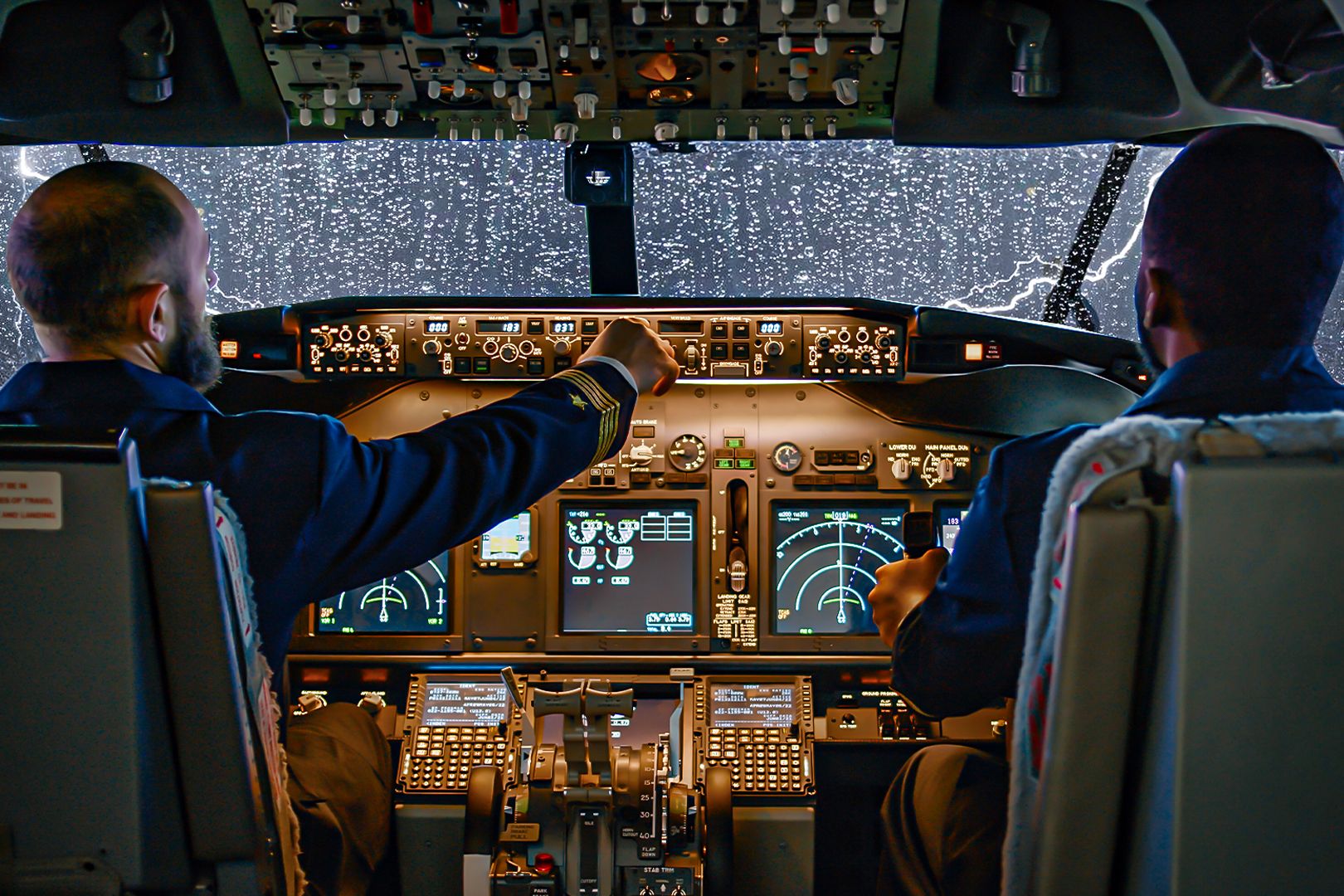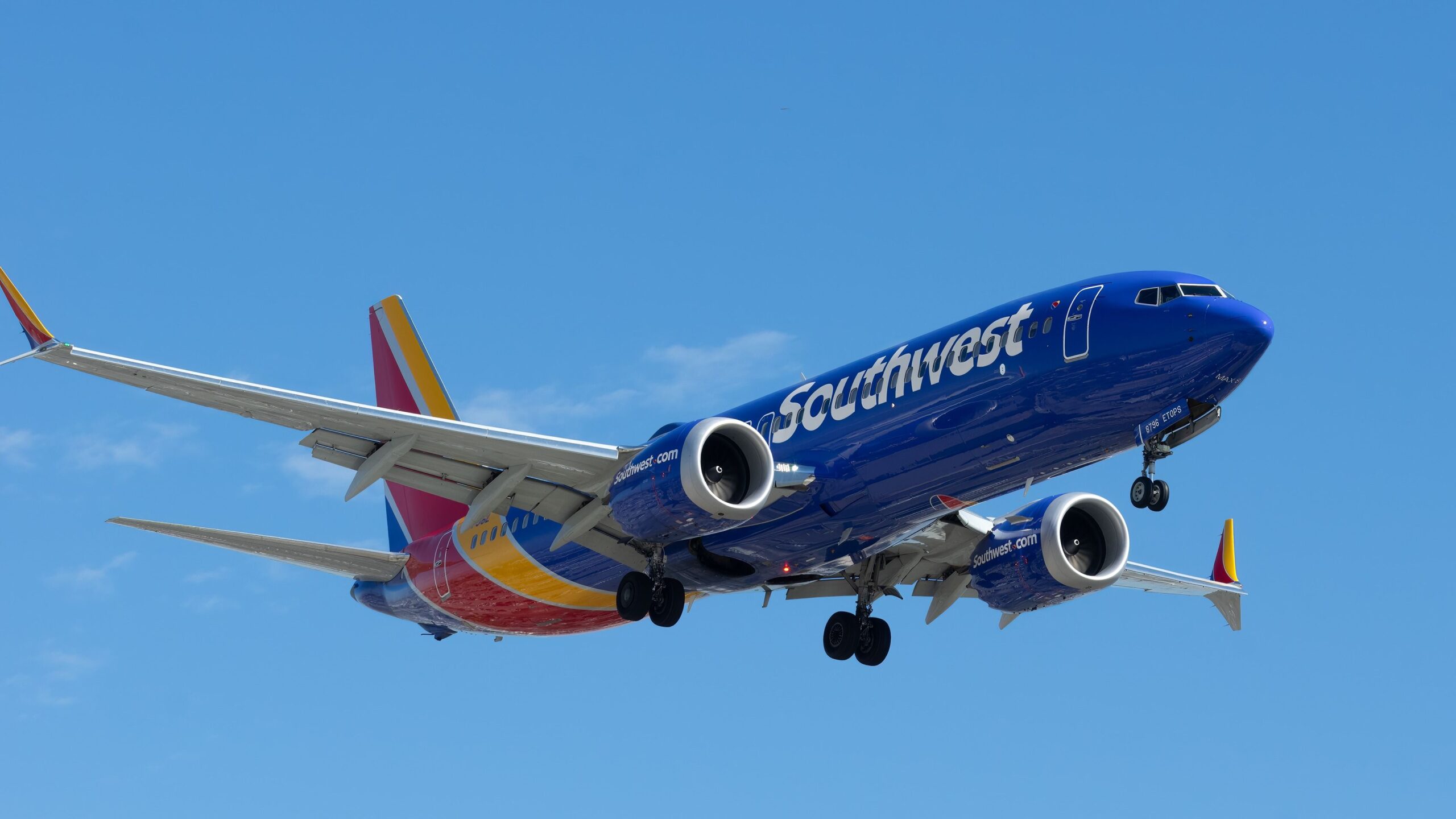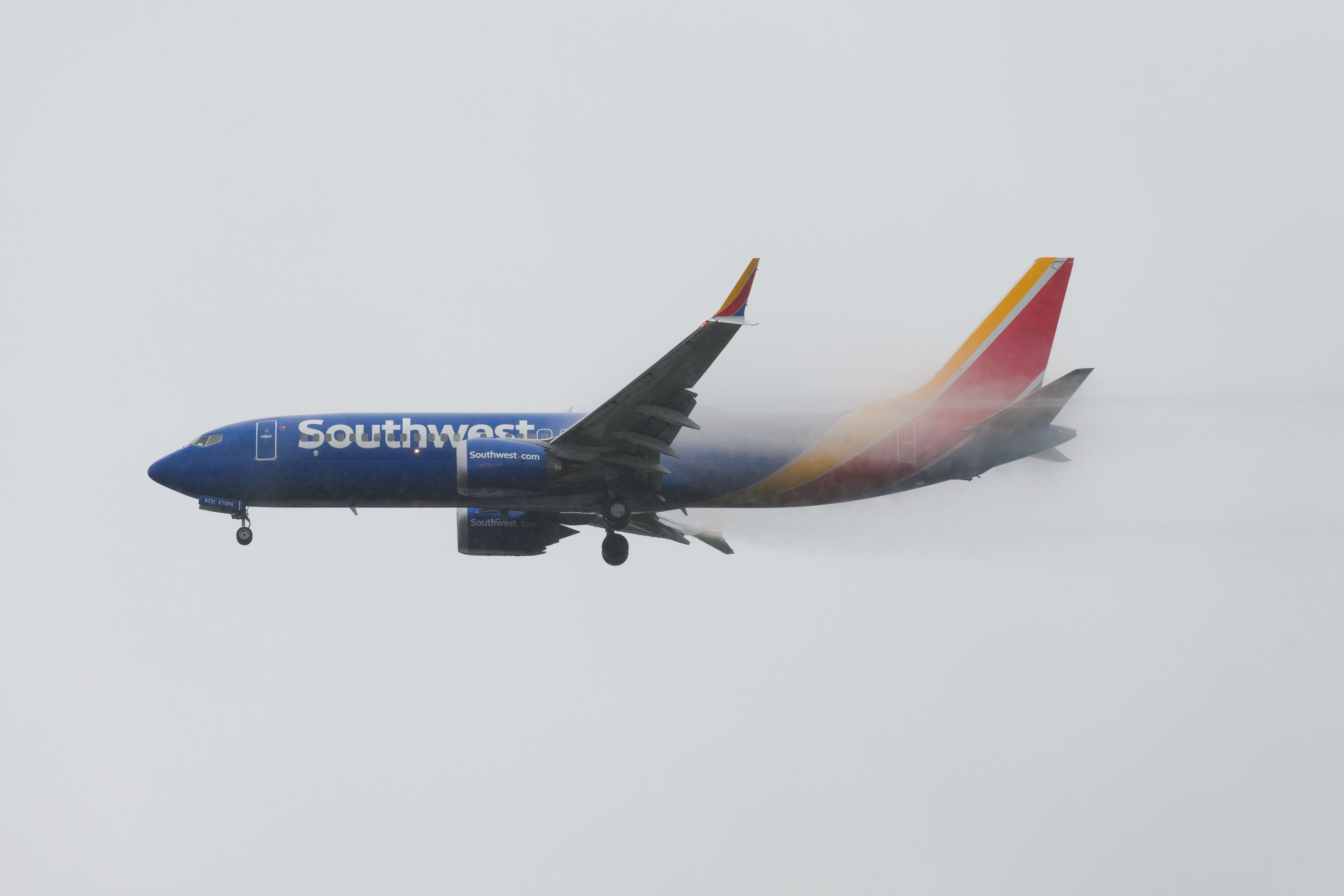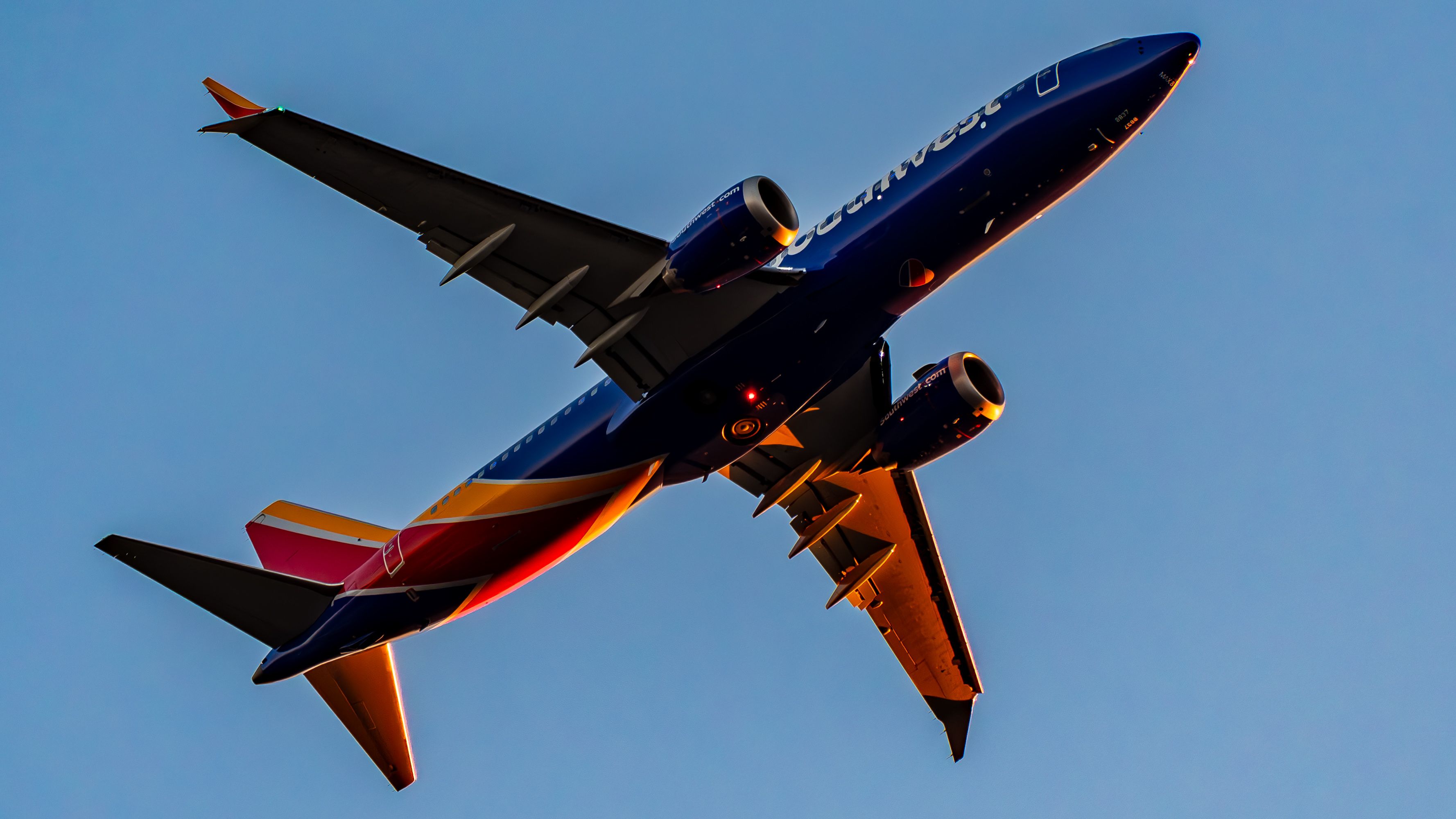Summary
- Severe drop in altitude of Southwest Airlines Flight 2786 near Lihue Airport due to pilot error by an inexperienced First Officer.
- The crew descended rapidly at 4,400 feet per minute and climbed back at 8,500 feet per minute, with a max speed reaching 238 knots.
- The incident was caused by the FO pushing forward on controls, resulting in the descent and a Phase II Flap Overspeed.
On April 11th, 2024, Southwest Airlines Flight 2786 was inbound on an approach to its destination, Lihue Airport (LIH), when it experienced a severe drop in altitude, descending hundreds of feet in mere seconds before recovering just 400 ft above the ocean’s surface.
The aircraft aborted the landing at LIH and returned to its departure airport at Daniel K. Inouye International Airport (HNL). No passengers or crew sustained injuries, possibly because everyone was strapped in for landing.
What happened?
Southwest Airlines Flight 2786 is a 40-minute flight spanning just 112 mi (180 km) from HNL to LIH. It was operated by a two-year-old Boeing 737 MAX 8 (registered N8788L). Around 28 minutes into the flight, during the aircraft’s approach into LIH, the aircraft descended rapidly, reaching an extremely high descent rate of nearly 4,400 feet per minute before the crew managed to arrest the descent.
Photo: Ian Dewar Photography | Shutterstock
The sudden drop caused the aircraft to come dangerously close to the ocean’s surface. According to the internal memo circulated to Southwest Airlines pilots regarding the incident, which was posted to X (formerly Twitter) by aviation journalist Jon Ostrower. the lowest height reached according to the onboard radio altimeter was 400 ft.
After the drop, the crew climbed out at an astonishing rate of more than 8,500 feet per minute. The drop, followed by the sudden climb, would’ve felt extremely uncomfortable for the passengers, more akin to a roller coaster than a passenger flight.
However, the crew discontinued the approach and returned to HNL without incident. According to a previous statement by Southwest, no injuries have been reported.
Simple Flying has contacted Southwest Airlines, the Federal Aviation Administration (FAA), and the National Safety Board (NTSB) for additional details about the event and their respective statements.
Why did it happen?
According to the internal memo, the primary reason for the event was a pilot error.
Photo: Joe Kunzler | Simple Flying
The crew that flew the route consisted of an experienced Captain and an inexperienced First Officer (FO) who was flying the route for the first time. Though weather conditions were forecasted to be challenging, and the crew noticed multiple aircraft at LIH had performed missed approaches at LIH, the Captain elected that the FO act as the pilot flying to build experience.
The crew reported light to moderate turbulence during the flight, and the weather conditions continued deteriorating on approaching LIH. However, they were above the minimums for the RNAV approach the crew was performing.
The crew briefed the missed approach procedure, which suggests that they anticipated that they would be unable to spot the runway at minimums. At minimums, the FO called the go-around and began the missed approach.
However, they inadvertently pushed forward on the flight controls, which caused the descent. In addition, autothrottles commanded the throttles, so the airspeed became excessive. The FO pulled back on the thrust levers to prevent this, resulting in a descent. The descent resulted in two aural warnings from the Ground Proximity Warning System (GPWS), “Don’t Sink” and “Pull Up.”
During the descent, the maximum speed reached 238 knots, which resulted in a Phase II Flap Overspeed.
The Captain, prompted by the GPWS warnings, called out, “Climb” and “Turn Left,” which prompted the FO to rapidly increase power, resulting in the excessive climb rate of more than 8,500 ft per minute.
The last mistake is that the crew exceeded the missed approach altitude by 700 feet after recovering in the holding pattern. The Captain flew the return leg to HNL.
The crew participated in an Aviation Safety Action Program (ASAP) and Human Factors interview back at base as part of a corrective action for the incident.

Related
Inflight Turbulence: A Pilot’s Perspective
A review of the types and intensities of turbulence, and how airlines avoid bumpy rides.




.jpg)